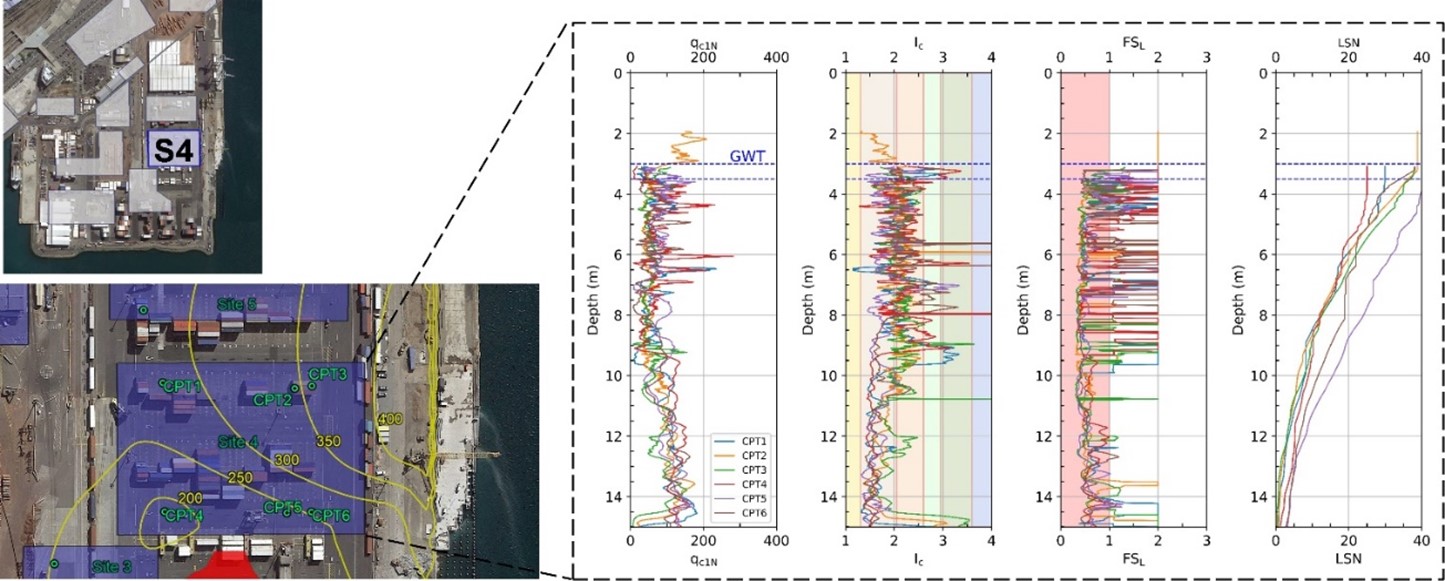Post-Liquefaction Free-Field Ground Settlement Case Histories

Abstract
Liquefaction-induced ground settlement is a complex process resulting from the combined effects of particle sedimentation and soil reconsolidation due to post-shaking dissipation of excess pore-water pressure. Current empirical models are based on a limited number of field case histories. Consequently, it is difficult to quantify uncertainty in the estimate of post-liquefaction settlement. A database of 205 well-documented ground settlement case histories has been created with the goal to support the development of improved liquefaction-induced ground settlement procedures. This study takes advantage of the numerous site investigations and ground motion recordings following the 2010-2011 Canterbury earthquake sequence and the 2013-2016 northern South Island New Zealand earthquakes. The general geotechnical characteristics of the sites are described, and the procedures used to process the CPT data and the models used to estimate ground motion intensity measures are summarized. The survey techniques employed to estimate liquefaction-induced ground settlement are discussed. The characteristics of a well-defined post-liquefaction ground settlement field case history is shared to illustrate the methodology employed in this study. The database is available as an electronic flatfile. Supporting information compiled in this study, such as electronic CPT data and detailed descriptions of the case histories, are also shared.
Keywords
Citation
Olaya, F. R., Bray, J. D. (2023). Post-Liquefaction Free-Field Ground Settlement Case Histories, Vol. 7, Issue 3, p.18-33. doi: 10.4417/IJGCH-07-03-02
DOI: http://dx.doi.org/10.4417/IJGCH-07-03-02
Copyright © 2004-2018 Elxis s.a. All rights reserved. Powered by Argo-E LLC.



